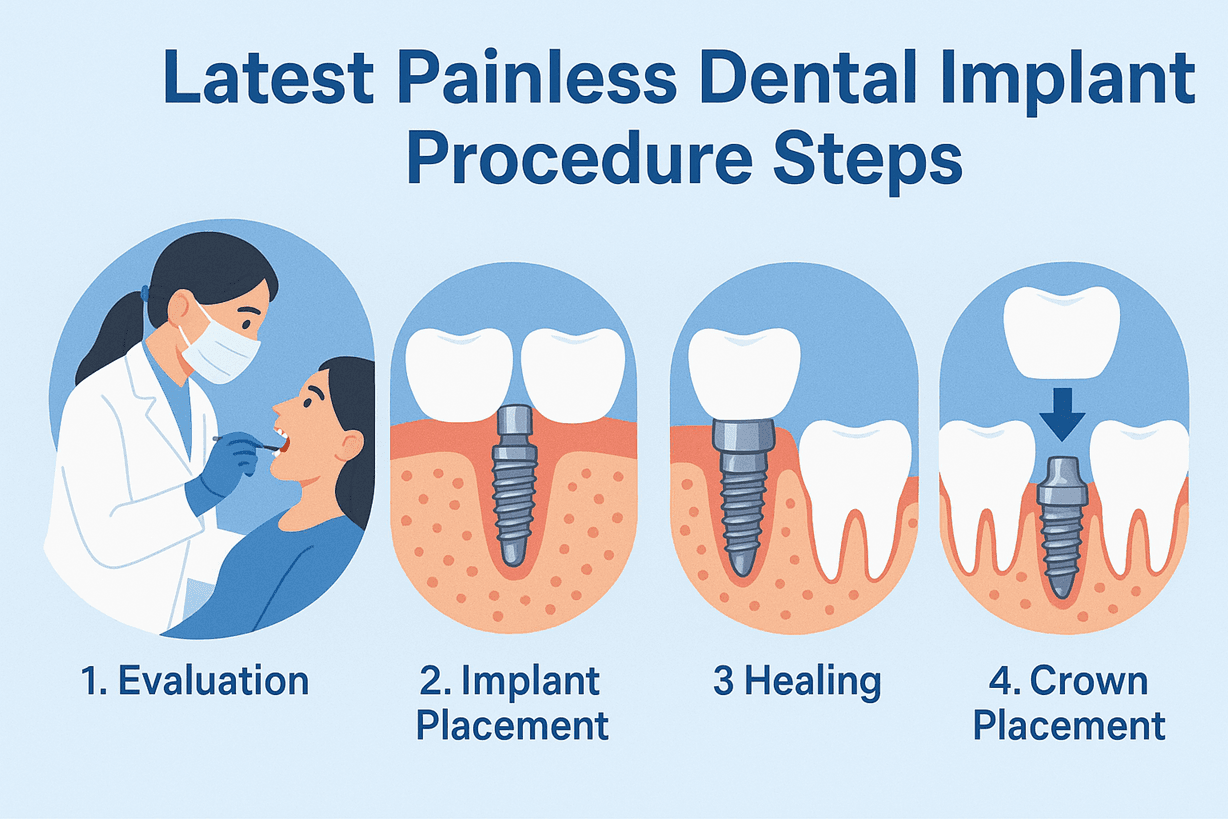Contents

Do you ever feel pain or discomfort in your jaw? Have you heard of TMJ issues but don't exactly know about them? You're not alone, so don't worry.
Disorders of the temporomandibular joint (TMJ) impact millions of people worldwide. We'll go into the interesting topic of TMJ and contrast it with a healthy jaw in this blog post.
You'll be better able to see any problems and get the care you need if you are aware of the differences between the two. So let's get started!
TMJ vs. Normal Jaw
Understanding TMJ and the normal jaw begins with understanding anatomy. The jawbone (mandible) and the skull are joined by the temporomandibular joint, which serves as a hinge.
It permits the motion necessary for actions including chewing, speaking, and yawning. When the jaw is healthy, the muscles around the joint and the joint itself are in perfect harmony.
TMJ disorders encompass a range of conditions that affect the proper functioning of the jaw joint and the muscles surrounding it.
These disorders can arise due to various factors such as injury, arthritis, or even teeth grinding (bruxism).
They can cause a wide array of symptoms, including jaw pain, headaches, difficulty opening or closing the mouth, and clicking or popping noises.
Anatomy of the Jaw: How a Normal Jaw Functions
A normal jaw functions quite smoothly, just like a well-oiled machine. The temporomandibular joint normally functions with no difficulty and enables painless mobility and appropriate jaw alignment.
The muscles that control chewing and jaw movement function in tandem, allowing us to go about our daily lives without pain.
Causes and Risk Factors of TMJ Disorders
- TMJ disorders have many potential causes and are impacted by several risk factors.
- One of the main causes is physical trauma or injury to the jaw joint, such as a hit to the face or whiplash.
- Structural problems, such as a misaligned bite or an abnormality in the joint itself can also influence this.
- Osteoarthritis and rheumatoid arthritis can damage the jaw joint, causing pain and dysfunction.
- Teeth grinding or jaw clenching can be a sign of stress or worry, which puts an excessive amount of stress on the jaw muscles.
- TMJ issues can also be made worse by certain lifestyle choices, such as excessive gum chewing or biting on hard items.
- It's also worth noting that women are more prone to TMJ disorders. This suggests a potential hormonal influence.
- Overall, a combination of the aforementioned causes and risk factors can contribute to the development of TMJ disorders.
- Therefore it is important to understand and address them for effective management and prevention.
Signs and Symptoms That Differentiate TMJ from a Normal Jaw
- To distinguish between TMJ problems and a healthy jaw, it is vital to be aware of the symptoms and warning indications of each ailment.
- Jaw movement and alignment are painless when jaw function is normal. TMJ problems, however, can manifest in several ways.
- TMJ problems, particularly in the temporomandibular joint region, can result in jaw pain or tenderness.
- Frequent headaches, excruciating face discomfort, and trouble speaking or chewing are some more prevalent symptoms.
- Restrictions in jaw movement and clicking, popping, or grating noises made when opening or closing the mouth can also be signs of TMJ problems.
Diagnosing TMJ and Seeking Professional Help
If you believe you may be experiencing TMJ disorder symptoms, it is imperative to get expert assistance to receive an accurate diagnosis and the best care.
A dentist or an oral and maxillofacial specialist can evaluate your condition. For diagnosis, they will consider some factors, including your medical history, your symptoms, and a close examination of your jaw and facial features.
In some cases, imaging studies such as X-rays or MRI scans may be recommended to provide a more complete image of the joint.
By consulting with a professional, you can gain a clear understanding of your condition and receive personalized guidance on the most effective treatment options to alleviate your TMJ symptoms and improve your quality of life.
Remember, early diagnosis and intervention can significantly impact the success of your treatment, so don't hesitate to seek professional help if you suspect a TMJ disorder.
Prevention and Maintenance: Keeping Your Jaw Healthy and Functional
Prevention is always better than cure, and the same holds true for TMJ disorders and this is also true for TMJ conditions.
By using stress management techniques, maintaining good dental hygiene, and quitting undesirable behaviours like teeth grinding, TMJ issues can be prevented.
Regular dental exams and timely care for any dental or jaw-related problems are necessary for maintaining a healthy and functional jaw.
Conclusion
You should know the differences between a TMJ disorder and a normal jaw to recognize potential problems and seek medical attention when needed.
By learning about the causes, symptoms, and potential therapies for TMJ issues, you may take an active role in finding a solution.
Remember that prompt detection and care can have a big impact on pain reduction and the return of normal jaw function.
So give your oral health first priority, pay attention to your body, and get help from a professional when you need it. Your jaw will appreciate it!


